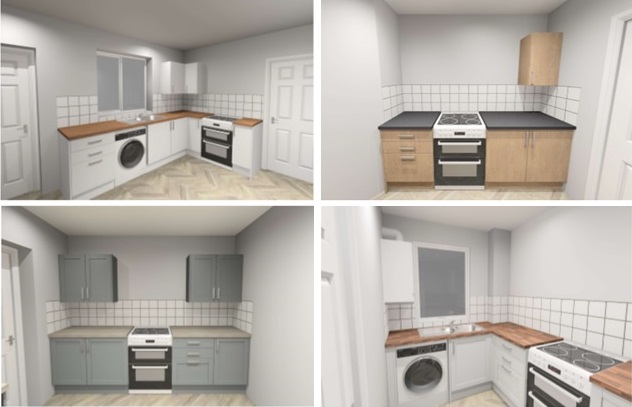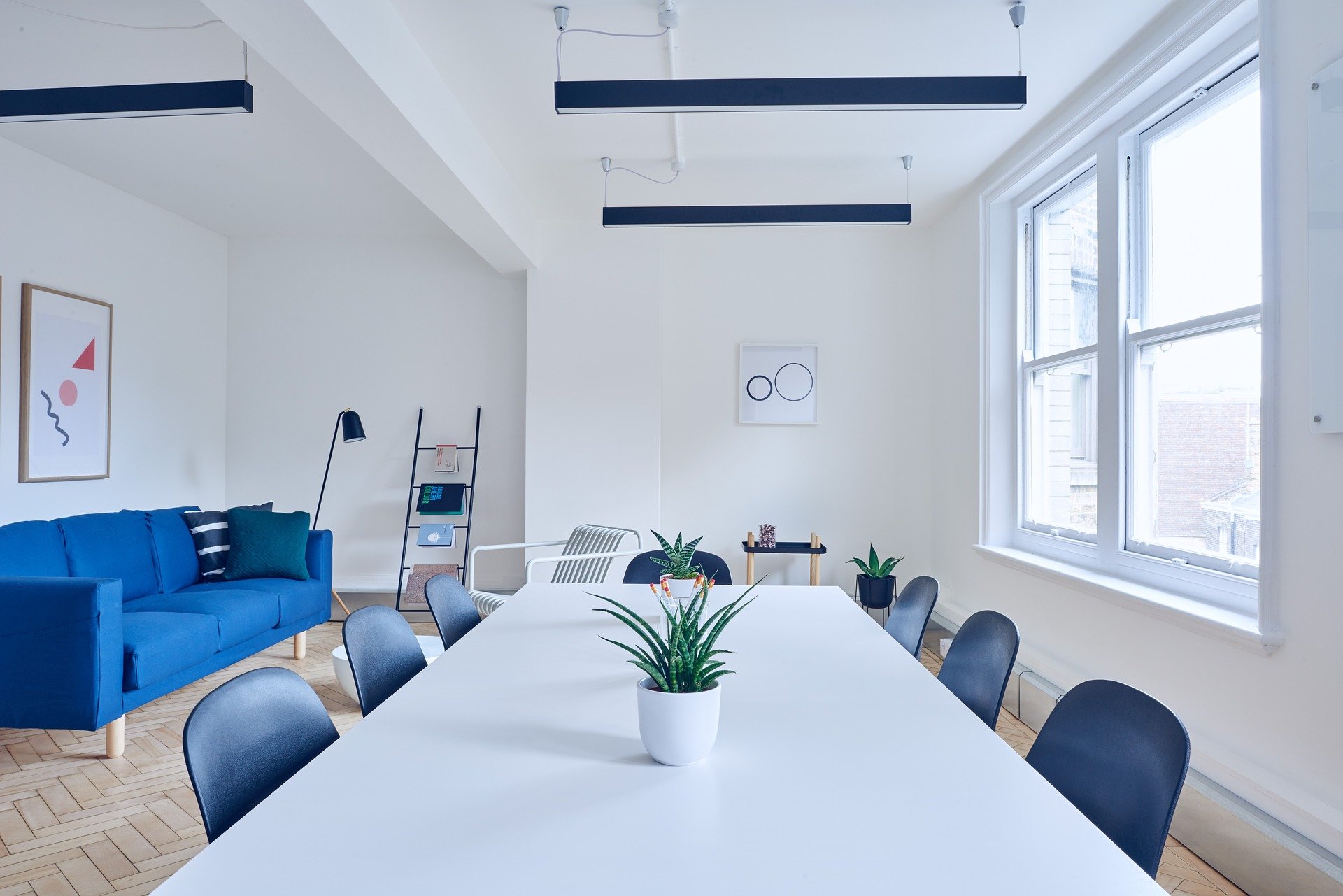Zuneth Sattar: Guide to Investing in UK Property Development
With 2.5 million investors today, the UK property development sector has delivered impressive returns over the past two decades. Buying into bricks-and-mortar has particular appeal to UK investors, with demand vastly outstripping supply.
The property sector has two distinct but equally compelling inducements for investors. Firstly, capital appreciation ensures that property value increases over time, enabling purchasers to sell investments either individually or as part of a portfolio at later date, realising substantial gains.
The second lure of property development centres around the ability to generate income. Investors who hold onto their property, renting it out to tenants, benefit from a lucrative income stream.
Investors generally employ five main tactics as part of their property development strategies:
1. Converting Commercial Property to Residential Use
Popular with both central and local government, particularly where premises have stood empty for some time, commercial to residential use planning applications are less likely to face obstacles than other forms of conversion.
As Xaviar Investments Limited Director Zuneth Sattar will be aware, this type of investment is capable of delivering impressive returns.
One disused UK factory was recently purchased for £1.25 million, with plans to develop the site into 10 residential apartments, each valued at £300,000.
2. Building Commercial Premises or a Second Home on Existing Property
For those with excess land, constructing an additional building on their existing property could add significant value, whether it is used for residential or commercial purposes – particularly for those with a larger-than-average grounds, i.e. a garden three times larger than the square footage of the home.
3. Buying and Renovating Residential Property
Be it for sale or rental, run-down, outdated flats and properties crying out for a makeover are an irresistible draw to many investors.
Investing in residential property can be an excellent step onto the ladder for first-time developers, providing many with an optimum profit margin of at least 20% of the purchase price.
4. Buying Land and Building from Scratch
A vacant plot that can accommodate several executive homes or an apartment block provides exciting profit potential. For a first-time developer, however, this could present a very ambitious challenge, one they could struggle to find financial backing for, since investments that offer enhanced potential gains also present increased risk.
Although a developer who already owns the land may be able to secure 100% of the build costs, the majority of lenders adhere to a maximum loan-to-value ratio of 65% for first time developers. Nevertheless, purchasing land speculatively, with no planning permission in place, presents considerable risk, even for the seasoned property developer.
5. Buying Land, Acquiring Planning Permission and Selling On
Again, this is a strategy that presents significant risk but potentially impressive gains. Prospective purchasers can make enquiries regarding the potential of gaining planning consent prior to purchase, but the owner will be notified.
Once the developer acquires the plot of land, the planning approval process can take several months. Success of this mode of investment depends heavily on local knowledge, a thorough understanding of planning processes, and the ability to hang on to the investment longer for greater gains.





